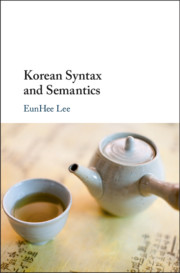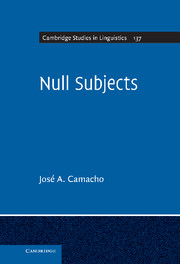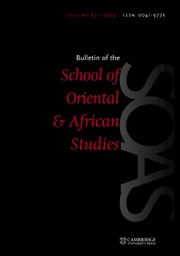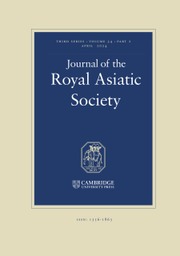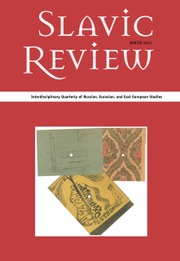Korean Syntax and Semantics
Korean has proven to be an invaluable language to theoretical linguists, providing abundant examples of, and counterexamples to, key theoretical issues at the forefront of modern linguistic theories. Exploring the Korean language from both a syntactic and semantic perspective, this book provides an up-to-date linguistic analysis of its structure, combining Minimalist Syntax with accompanying compositional formal semantics. EunHee Lee's detailed chapters cover the core architecture and phenomena of Korean, looking at the lexical layer, the functional layer, nominal structure, movements and complex clauses. A broad range of empirically and theoretically important phenomena are discussed, enabling students and professional linguists alike to understand the workings of the language in current theoretical frameworks. The book also includes discussion questions, exercises and a list of further reading to solidify the theoretical concepts, stimulate thinking and develop the ability to analyze Korean using theoretical tools.
- Contains new theoretical analyses of Korean, that provides an important reference for theoretical discussions
- Provides key words, exercises and further reading lists to help develop the application of mainstream linguistic theories to Korean
- Uses innovative applications of modern syntax-semantics theoretical technology in a step-by-step way
Reviews & endorsements
‘Professor Lee's coverage of the current state of Korean syntax and semantics is extremely thorough and insightful. This book is destined to make the shelves of all serious Korean linguistics scholars and students alike.' Sean Madigan, University of New Hampshire
Product details
January 2019Adobe eBook Reader
9781108271790
0 pages
102 b/w illus. 2 tables
This ISBN is for an eBook version which is distributed on our behalf by a third party.
Table of Contents
- Glosses
- Romanization
- 1. Introduction
- 2. Predicate and arguments
- 3. The finite clause
- 4. Nominal arguments
- 5. Internal merge
- 6. Complex clauses
- 7. Conclusion
- Index.

